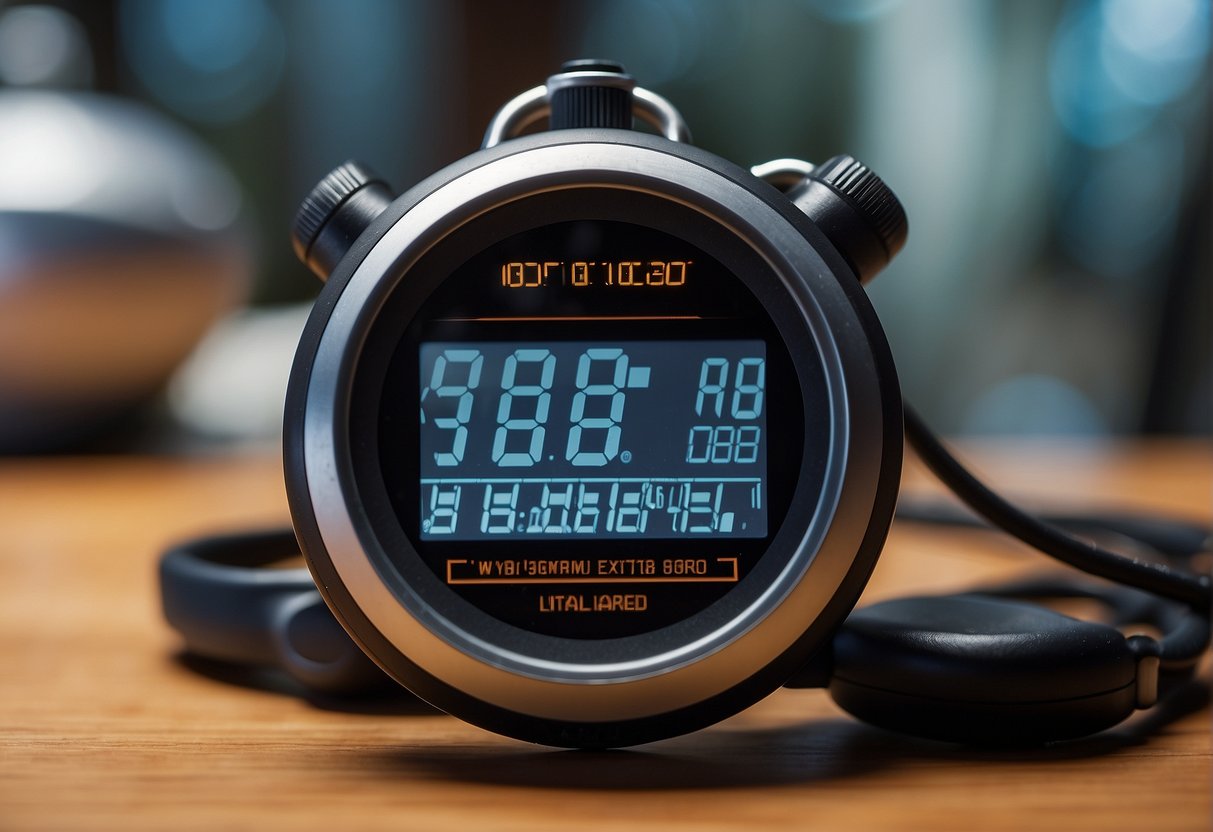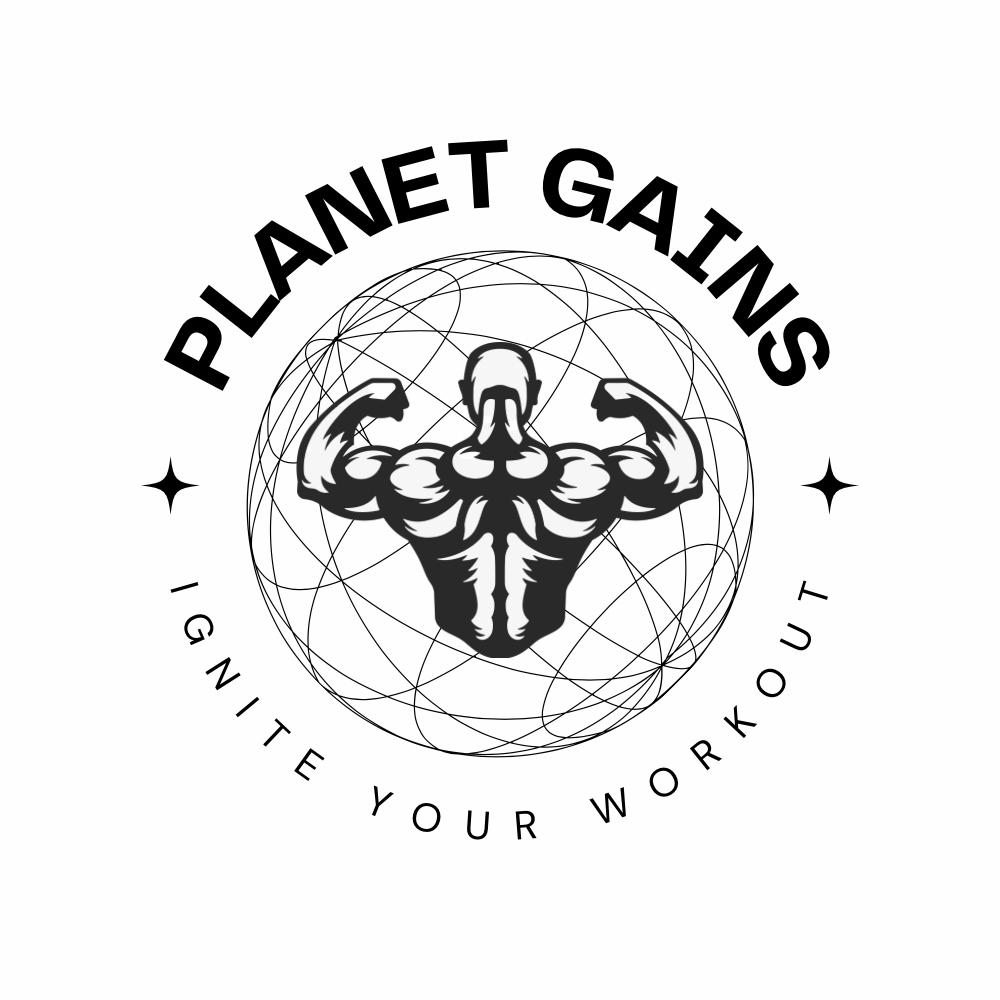📦 FREE Shipping
How Many Calories Are Burned Doing Planks 2024? Experts Explain

Planks are a powerhouse for core workouts but can also be a stealthy calorie burner. Find out exactly “How Many Calories Are Burned Doing Planks?” with insights from fitness experts.
How Many Calories Are Burned Doing Planks?
What is a Calorie Burn?
Calories are the units of energy that your body uses to power through each day—including during every plank you do. When you’re holding a plank, your body is firing up multiple muscle groups, which increases your metabolic rate and leads to calorie burn.
The caloric expenditure during planks might surprise you; it’s an efficient way to work on your core strength and burn calories simultaneously.
- 110 lbs: Approx. 2 calories/minute
- 150 lbs: Approx. 3-4 calories/minute
- 175 lbs or more: Approx. 4-5 calories/minute
Though not the highest calorie-burning exercise, planks can still contribute significantly to your overall energy expenditure.
Factors Influencing Calorie Burn
Your calorie burn during planks can vary based on several factors. Let’s break it down:
- Body Weight: The more you weigh, the more calories you burn. Your body must work harder to stabilize you, thus burning more calories.
-150 lb person: ~3.68 calories/minute
- Age: Younger individuals may have a higher metabolic rate, impacting calorie burn.
- Intensity: The more complex your muscles work, the more calories are expended. If you incorporate plank variations, you might increase the intensity and, consequently, the calorie burn.
- Duration: Longer planking equals more calories burned. Holding a plank for one minute is different from holding it for two.
- Physical Activity Level: If you lead an active lifestyle, your overall metabolic rate might be higher, helping you burn more calories even during static exercises like planks.
- MET Value: Planks have a MET (Metabolic Equivalent of Task) value, illustrating how many calories you burn per unit of time.
Everyone’s body is unique, so the number of calories burned may differ.
Plank Variations and Techniques

Standard Forearm Plank
The Standard Forearm Plank is the foundation for many plank variations. Here’s how to do it:
- Lie face down with forearms on the floor and elbows aligned below shoulders.
- Engage your core, then lift your body off the ground, forming a straight line from head to heels.
- Proper form is critical: ensure your hips are neither sagging nor piked higher than your shoulders.
Mistakes to avoid: Don’t let your head droop, and breathe evenly throughout the hold.
High Plank and Its Benefits
High Plank takes the forearm plank up a notch. Switching to this position:
- Start in a push-up position with arms fully extended, hands directly under shoulders.
- Maintain a straight line from head to toe, focusing on core strength to stabilize the body.
Side Plank Variations
Side Plank Variations target your obliques and can be modified for different fitness levels.
Basic Side Plank:
- Lie on your side with your legs extended, propped up on your forearm.
- Raise your hips so your body forms a straight line from ankles to shoulders.
- Hold your free hand on your hip or extend it upwards for extra stability.
- Side Plank with Leg Lift:
Add difficulty by lifting your top leg and holding it in the air. This modification increases core engagement and tests your balance.
Plank Benefits Beyond Calorie Burning

Core Conditioning
Your core is your body’s powerhouse, and planks are the ultimate exercise for core conditioning. During a plank, you engage all major core muscle groups including the rectus abdominis, obliques, and the deep core muscles.
This engagement helps build endurance in your abs and back, supporting the spine and enhancing your ability to perform everyday activities efficiently.
Posture and Balance Improvement
Holding the plank position correctly activates your back, chest, shoulders, neck, and abs, significantly improving posture. As your muscles strengthen, you’ll notice that maintaining a straight posture becomes easier.
Additionally, planks improve your balance by enhancing abdominal muscle mass, crucial for stability in static and dynamic movements.
Muscle Development and Injury Prevention
Planks are a form of strength training that targets various muscle groups simultaneously. They help build muscle mass not just in your core but in your glutes, reducing the burden on your lower back.
The strengthening of these areas is essential in injury prevention because it supports the pelvis and spine, lowering the risk of back injuries. Regular planking can increase proprioceptive capacity, making you more agile and less susceptible to sports-related injuries.
FAQ:
How many calories does a 1 minute plank burn?
A 1-minute plank burns approximately 2 to 5 calories, depending on your body weight and metabolism.
How many calories does a 10 second plank burn?
A 10-second plank burns only a fraction of a calorie, so it’s insignificant for calorie counting.
Is A plank good for weight loss?
Planks are good for strengthening core muscles but are not the most efficient exercise for weight loss due to low-calorie burn.
Is 1 minute plank a day enough?
While a 1-minute plank a day can improve core strength, it’s not enough for significant weight loss or substantial strength gains.
If this article about the question: “How Many Calories Are Burned Doing Planks” helped you don’t forget to leave us a comment down below about what you think of the article.


